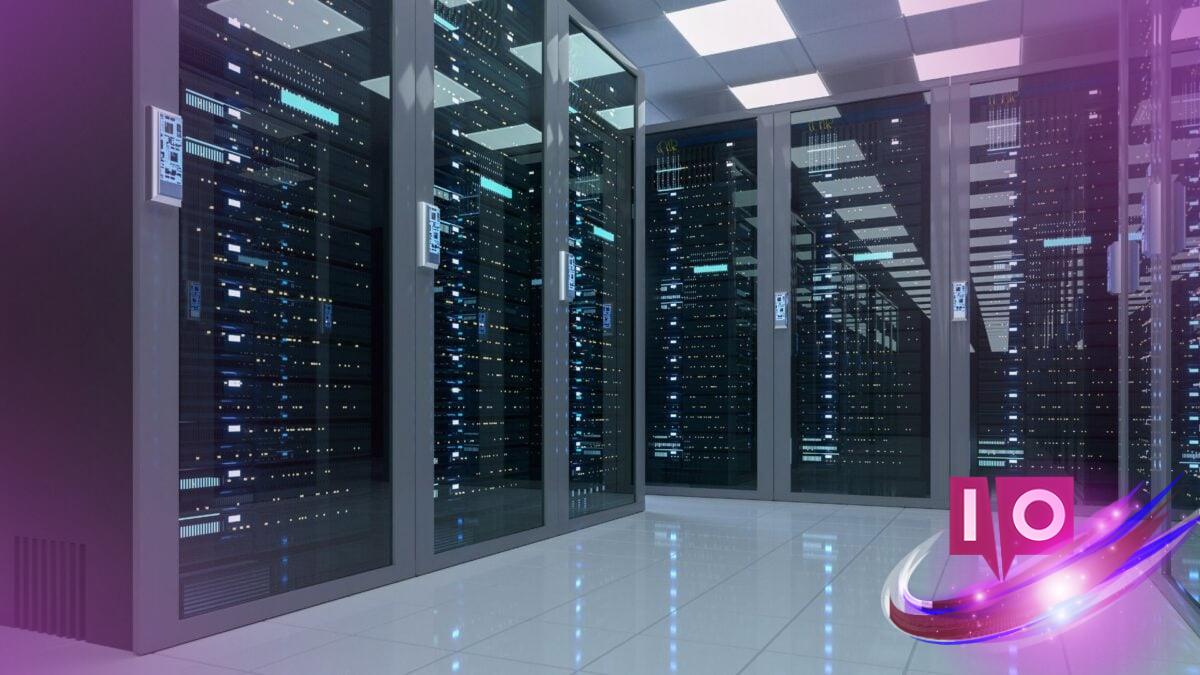Data centers are rapidly being constructed across the U.S., driven by an insatiable demand from the AI industry for immense electricity and computing power. For instance, using an AI application like DALL-E to create an image can consume as much energy as charging an iPhone. Now, consider the collective energy consumption when millions of users engage with these applications simultaneously.
With the Trump administration signaling support for the AI sector through initiatives like Stargate, Energy Secretary Chris Wright is streamlining the process for data centers to connect to the electrical grid.
On Friday, the Energy Department announced plans to revise existing regulations, enabling substantial electricity consumers—including data centers—to connect to the grid more swiftly. According to a statement, “U.S. Secretary of Energy Chris Wright directed the Federal Energy Regulatory Commission (FERC) to initiate rulemaking procedures with a proposed rule to rapidly accelerate the interconnection of large loads, including data centers, positioning the United States to lead in AI innovation and in the revitalization of domestic manufacturing.”
Chris Wright is fervently advocating for expedited connections to the grid, aiming to simplify the regulatory landscape for those wishing to integrate numerous servers. The Register highlighted a proposed rule aiming to limit the review period for connection decisions to just 60 days, minimizing delays for applicants. In a letter regarding the proposed changes, Wright emphasized:
“To usher in a new era of American prosperity, we must ensure all Americans and domestic industries have access to affordable, reliable, and secure electricity. To do this, large loads, including AI data centers, served by public utilities must be able to connect to the transmission system in a timely, orderly, and non-discriminatory manner. This is an urgent issue that requires prompt attention.”
He further stated,
“This Administration is committed to revitalizing domestic manufacturing and driving American AI innovation, both of which will require unprecedented and extraordinary quantities of electricity and substantial investment in the Nation’s interstate transmission system. We must do so efficiently, fairly, and expeditiously.”
The demand for data centers continues to surge, even amidst discussions of potential “bubbles” in the AI sector. Companies like Nebius, relatively unknown a year ago, are positioning themselves as crucial players in the digital economy. Nebius, an AI infrastructure provider operating data centers, recently secured a deal with Microsoft valued at $174 billion over five years and is collaborating with Uber on their robotaxi venture. Their stock has seen a staggering 350 percent increase this year, illustrating the profitability of substantial server investments.
Why are data centers critical for AI growth? Data centers serve as the backbone for AI operations, supplying the necessary infrastructure to store and process vast amounts of data efficiently.
What role does the government play in the data center boom? The government, particularly through initiatives led by the Energy Secretary, is facilitating quicker connections to electricity grids, which is essential for the growing demands of the AI sector.
How much energy do data centers consume? Data centers consume a significant amount of energy, with estimates indicating they use as much electricity as some small countries when fully operational, primarily due to AI and cloud computing requirements.
What are the implications of deregulation on data centers? Deregulation can lead to faster development and increased investment in data centers, as firms navigate the reduced bureaucratic hurdles associated with connecting to electrical grids.
In conclusion, the rapid evolution and expansion of the data center industry are shaping the future of AI and domestic manufacturing. To stay informed and explore more on this interesting topic, check out Moyens I/O for the latest insights.
